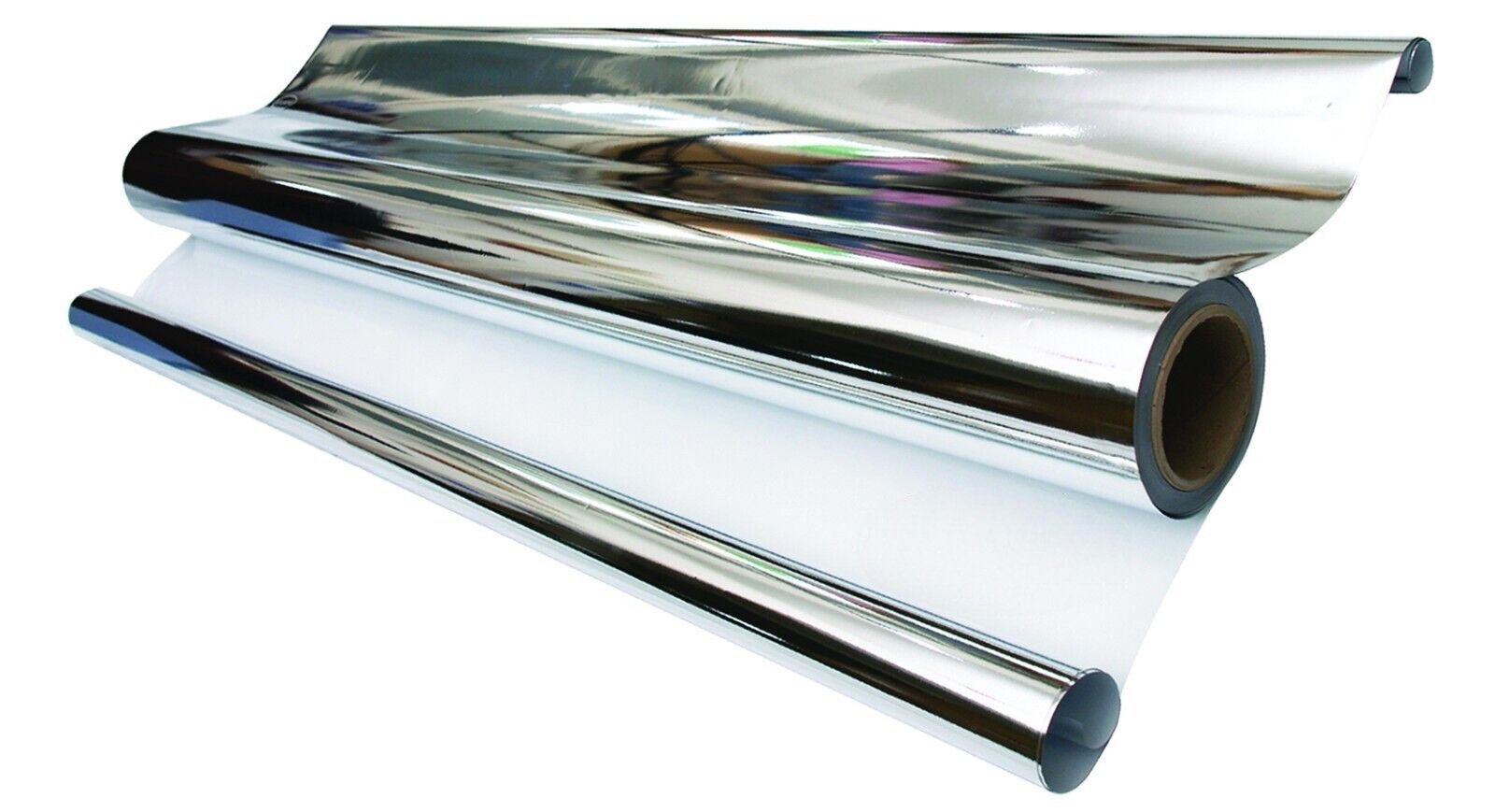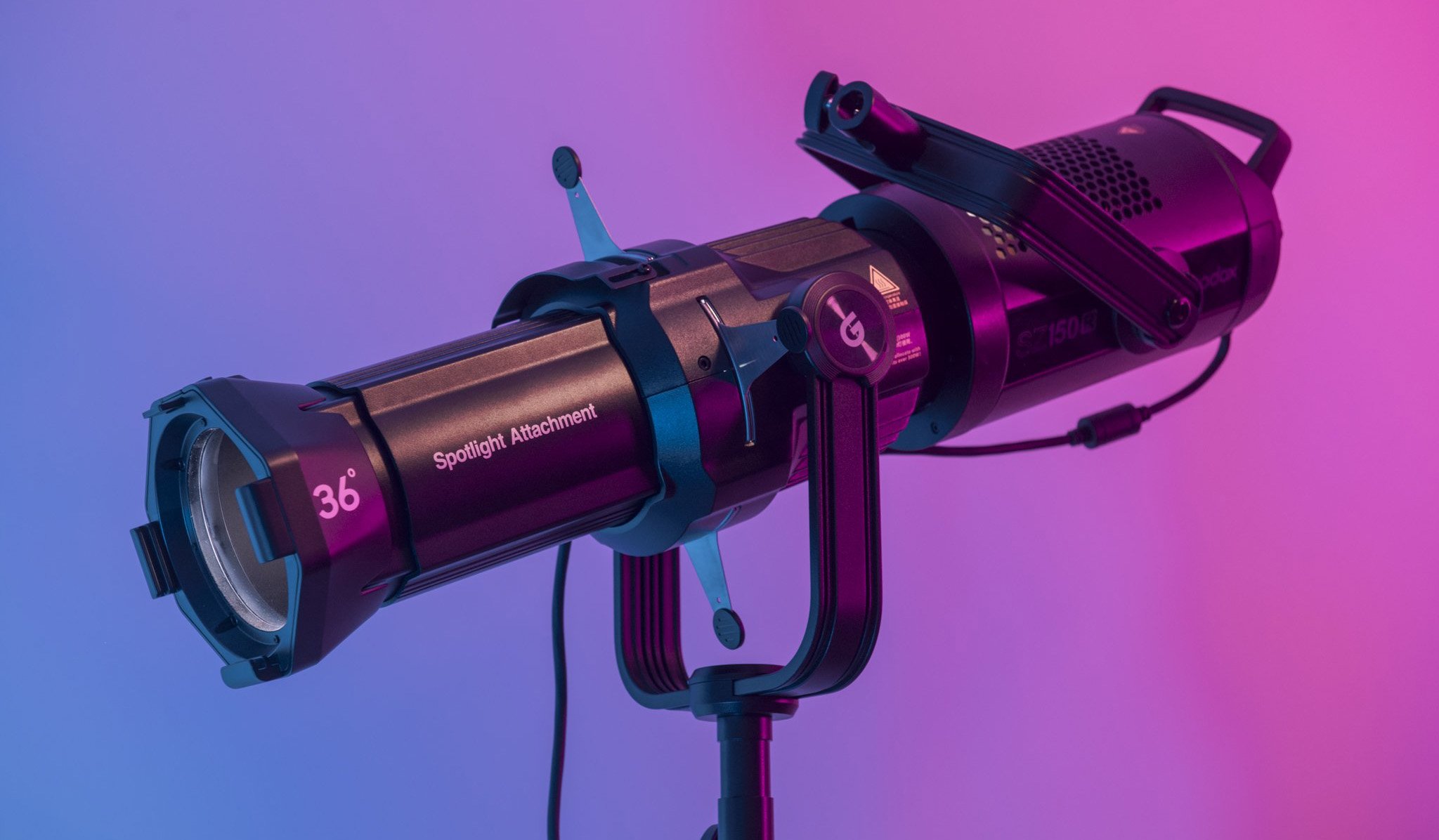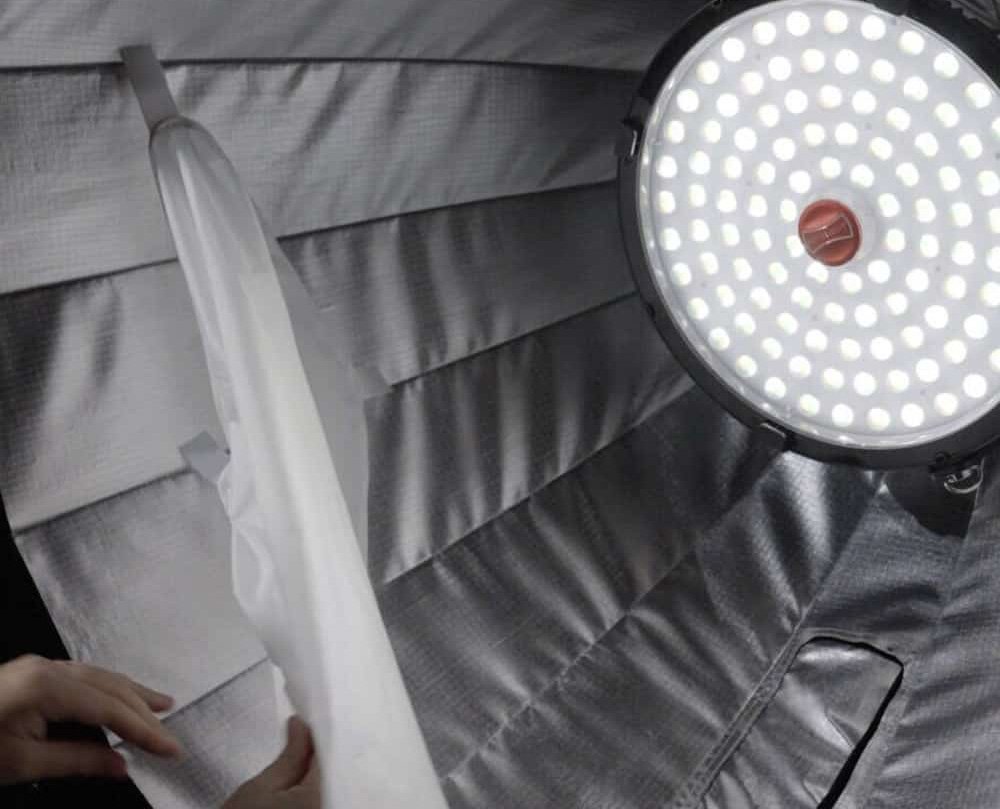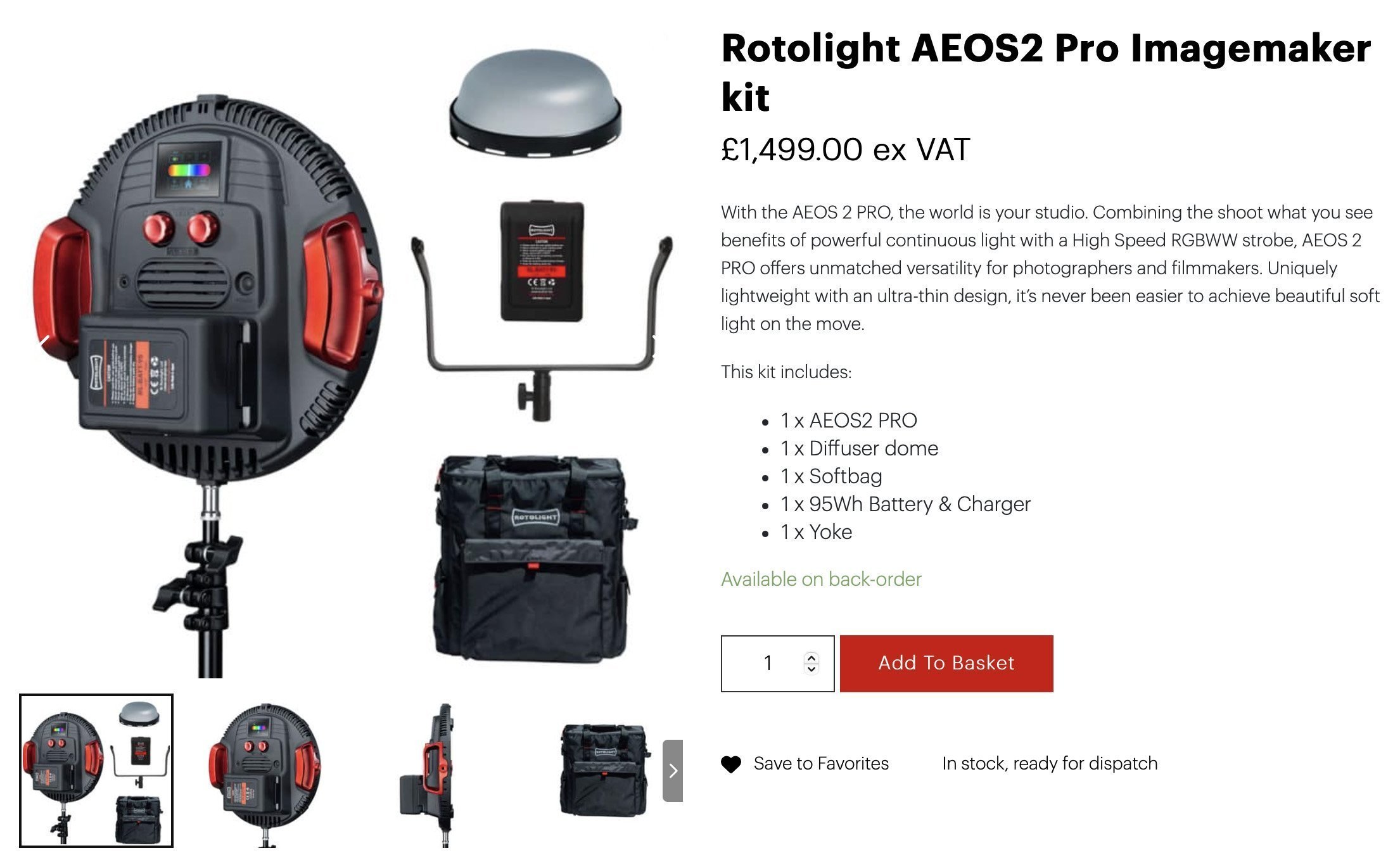I’ve shared several silver mylar lighting techniques over the years so I’m sure most of you know many of the tricks to get the best from this very cheap, yet remarkable material. But if you’re new here or simply just need a reminder, what is all the fuss about when it comes to this incredibly versatile product?
As I mentioned, silver mylar is pretty cheap and you can get it from all of the typical online mega-corps, but you won’t find it in the usual photography category, or if you do, you’ll find it for ten times the price! Silver mylar is used for a variety of things from food storage, party supplies, helium balloons and even gardening, but what we’re using it for, is a way to create beautiful reflective patterns. If you purchase silver mylar from the gardening section, you’ll find it available in long rolls as the very pliable and highly reflective surface is exactly what we need to make the effect we’re after.
As I said above, I’ve already shared several techniques in the past that use this material, so if you missed them, I’ll share those at the bottom of this article for you to take a look at.
Adding Colour
I’m sure it should be no surprise by now, but I do love to add colour to as many of my setups as I can and this week's article is no different. Firstly, let’s take a look at the sort of shot we’re trying to create.
I’ll share a bunch more examples below, but these initial 2 shots give you some idea of just how much colour we aim to apply and how little white light we’re using.
The Setup
I know many of you like to check the set plan first, so below I’ll share what’s being used and where…
Cut out and keep
TL;DR/ADHD/Artist Setup Explanation
Set up a white background behind model
Place large sheet of silver mylar to camera-left
Position model fairly close to background
Point hard-light at silver mylar and set or gel it with a bright pink colour
Add a large diffused blue light like a large softbox to camera right and point it towards model
Place white light to camera-right, up high and slightly behind model and angle it down towards them
What You Will Need
3 Lights - As with more and more of my setups these days, I’m pretty much only shooting with LED lighting simply due to them being unbelievably easy and convenient to use. Of course, this setup can comfortably be achieved with flash too, so just translate what you need for the lights you’ll be using.
1 Hard Light Modifier - This is the light that is shone into the silver mylar and this needs to be very focused. By that, I mean that even though this light is placed on the right-hand-side of the set, this light should only hit the mylar on the far left and nothing else. An optical snoot or even a gridded reflector dish will be fine and I was using the Godox Spotlight on the Godox SZ150R full RGB LED light to get a very hard and controlled spot of light.
1 Soft Light Modifier - You’ll almost certainly have one of these and I was using a Rotolight AEOS 2 Pro LED light in their R120 softbox. A similarly large softbox or even a big white umbrella will also work.
1 White Light - This light has a little flexibility with what modifier you use, the only stipulation is that none of this white light must either directly hit the background, or inadvertently bounce back into it. I’m simply using a bare Rotolight AEOS 2 Pro and I’ve flagged any potential light by wrapping the background-side in cinefoil (matte black tinfoil).
White Background - Use whatever you like here, but I simply used a white window blind as that was super quick and easy to set up. Alternatively, a white paper backdrop or even a white wall will work equally as well.
Silver Mylar - I’m sure this one was no surprise, but yes, this setup does require a large sheet (usually a roll) of silver mylar. I’m simply suspending it up high with a C-stand and boom arm.
Camera Settings
Camera - Nikon D850
Lens - 105mm f2
Shutter Speed - 1/125th
Aperture - f2
ISO - 200
Kelvin - 5000K
Focal Length - 105mm
The Results…
Click to enlarge any of the shots below.
Featured Model: Basia Panecka
Breaking it Down
Background
I’m using a simple white window blind here as they’re quick and easy to swap out and hang. You can use whatever you like here though and a white wall would of course be the easiest. The trick to positioning will be how close you have the model to it. We want her close enough to the backdrop so that the reflected mylar casts those beautiful highlights onto the background and her, but we don’t want her so close that she casts heavy shadows from the soft blue light in front of her. The only way to do this is to simply test it and move her closer or further back as required.
Silver Mylar
The star of the show is the silver mylar and as I mentioned at the top, thankfully it's not hard to get, nor is it particularly expensive. I recommend searching for it with ‘gardening’ and ‘roll’ in the phrase as that gives you the most useful results. I also recommend you get it in as wide of a roll as you can find. Often that’s 1.5m and then the length is up to you, but likely 10m is going to serve you well for a while. Prices do vary wildly, but a 1.5x10m roll should be around £20-£40.
Hard Light
I used my Godox Spotlight on a Godox SZ15R full RGB LED light and that was just for convenience as I can simply choose whatever colour I want without the faff of gels. You can of course use an optical snoot here or even a controlled light from a grid, snoot or possibly even barn-doors. The most important aspect here is that the light must be controlled enough to pass across the room without hitting the model and only hit the silver mylar on the opposite side.
Soft Light
Again, we have plenty of options here. I used a large softbox in the form a 120cm one from Rotolight as that houses my Rotolight AEOS 2 Pro light. But you can use any large softbox you like. Once again, it was just easy to set my RGB LED to the blue I wanted as wrestling with coloured gels inside softboxes is a real pain. It can be done, but it's a bit fiddly. If you don’t have an RGB LED light and instead have a strobe or speedlight, then I’d probably suggest a large umbrella, preferably with a white interior to keep the light soft. These are far easier gel than softboxes and are super quick to put up too.
The Silver Mylar Effect
The core look and effect we’re going for with this setup is the dappled lighting effect we have on the background behind the model. In this setup, it’s the bright pink pattern on the wall and the aspect I particularly love is how varied it can look from shot to shot if you set it up correctly.
As you can see in not only the model shots I shared above but also in the example background shots below, you can get a different look with each image you take and here’s how I did it.
The silver mylar dappled effect works because it's so thin. The sheet gets slight ripples and bumps in it and it's these imperfections in the surface that get reflected onto the background. One way to enhance the variances in the effect is by using a fan on the sheet as that movement from the wind will keep the mylar moving and fluttering and that in turn is what gives you the varied effect in each shot.
Points to bear in mind
Controlling the Mylar Light
This seems simple enough, but failing to keep the pink hard light off of the model before it hits the silver mylar will result in a terrible look. Firstly, it’ll likely be very overexposed before it bounces off of the mylar and secondly, it’ll be a very harsh-looking light that will overpower the other lights on her too. Using an optical snoot or even barn doors to keep it only on the mylar is key.
Controlling the White Light
The other core light to keep very controlled is the white light slightly behind. That white light can only fall onto the model and the reason it’s slightly back and up high is to stop it from hitting the silver mylar on the opposite side of the room. If it does, then it’ll bounce straight off of that mirror finish and wash out the other colours in the shot. Use a flag to keep control of it from falling onto the background too. If that white light hits the background, again the colours will be completely ruined. I used black cinefoil, but any flag will do.
Posing
As with so many of my lighting techniques, a synergy between pose and light is key. Sadly, models that I work with rarely have the luxury to dance and move about too much. That certainly makes their job far harder, but their failure to keep in mind where they can stand and look will often result in bad or sometimes unusable shots. In this setup, for example, the model can't move too far back as they’ll be out of the white light and they can’t move too far forward as they’ll move into the pink light that is firing in front of them. They also should ideally look to their left to be lit by the light that is ‘up-stage’ behind them. It can work with them looking the other way and I shared an image above where she looks to her right, but the lighting works best when they look to their left.
Variety
I mentioned this above, but using a fan on the mylar will result in the background effect changing dramatically between each shot. You may not want that, but I found it to be a great way to add variety to each of the shots. Of course, you want to keep it simple, just don’t use the fan.
Products Used
Although I am sharing my own personal thoughts and findings about the lights mentioned in this article, many of you will want to know that I am now a ‘Master of Light’ for Rotolight. As such, I have been given a discount code to share with you when purchasing any of their products via the Rotolight website. Use my code ‘JAKEHICKS10’ when purchasing and you’ll save a bunch of money. I’ve never earned a penny of commission on this though, so if you find a better deal elsewhere, go for it.
Rotolight AEOS 2 PRO
With the AEOS 2 PRO, the world is your studio. Combining the shoot what you see benefits of powerful continuous light with a High Speed RGBWW strobe, AEOS 2 PRO offers unmatched versatility for photographers and filmmakers. Uniquely lightweight with an ultra-thin design, it’s never been easier to achieve beautiful soft light on the move.
Rotolight R120 Sofbox
A softbox is pretty much a must-have piece of kit for any studio shooter, so if you own any AEOS 2/Pros, this is certainly worth taking a look at. It comes with internal baffles as well as the eggcrate grid on the front. Plus, it has 16 sides making this an incredibly round and clean light source.
Please note that I’ve included affiliate links below for PixaPro and I will benefit (albeit minimally) from the sales of any of these products should you purchase them. To that end, please feel free to use my discount code ‘HICK5-OFF’ at Essential Photo to receive a discount on any purchase via their site.
Godox Spotlight
S-fit spotlight that can be very finely controlled via inbuilt blades or via a range of Gobos. Due to the large lens at the front, this modifier can also produce some of the hardest-looking light available.
Godox SZ150R
Essentially this is an LED studio strobe. You can use it with any S-Fit modifiers like beauty dish and softbox you already own, plus you can also change this to any colour and any Kelvin you’d like. It’s only 150 watts though, so you will want to use this in a controlled studio environment.
Silver Mylar
This is likely the most unique item on the list and although you probably don’t have some of this lying around, it’s not too expensive to get.
I grabbed a 10m roll on eBay for less than £20 and although you probably don’t need 10m, it was the best value versus options for additional uses down the road. By all means, take a look and get something more appropriate for your needs. Note that Mylar is used for a variety of applications from agriculture to helium balloons, so don’t expect to find it in a photo store.
Take a look below at some of my other silver mylar lighting techniques
JHP Livestreams…
If you give this setup a go, I’d love to see how the shots turn out, so feel free to share them my way. One way to do that is via my livestream. I livestream every other Tuesday night via YouTube and there I answer your questions, critique your shots, take community images into Photoshop to work on them and discuss all manner of lighting tips and techniques. I look forward to seeing you and your work there real soon. Jake Hicks Photography - YouTube




















